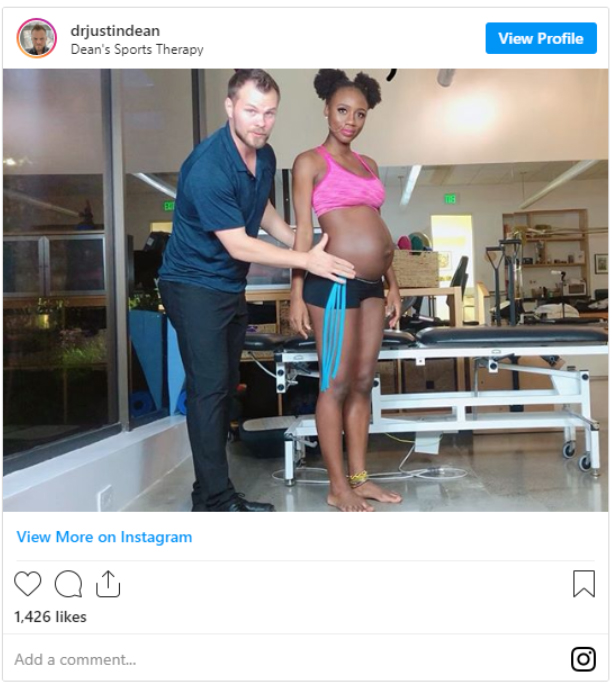
Welcome,
This is the most comprehensive guide about Meralgia Paresthetica currently on the internet (I’ve looked).
I’m going to explain what this diagnosis means, one simple trick to elevate the pain and what likely caused meralgia paresthetica in the first place.
In Short: If you have meralgia paresthetica, then you’ll love this guide!
Let’s get started.
What is Meralgia Paresthetica
Have you been recently diagnosed with meralgia paresthetica and have no idea what that even means!?
Your doctor might have mentioned a nerve in the front of your hip causing Pseudo IT Band syndrome.
Meralgia Parathetica occurs when the Lateral Femoral Cutaneous Nerve becomes irritable by generally mechanical compression (pinched nerve). This is a cutaneous nerve which means it supplies the touch sensation to the skin of the outer leg. It’s important to note that this nerve doesn’t supply any muscles and doesn’t affect your ability to move the leg.
So basically it’s an unhappy nerve that lives inside and supples the skin covering the IT Band.
Symptoms
Meralgia Parathetica has a few distinct characteristics that are common complaints when compression befalls the lateral femoral cutaneous nerve.
These symptoms are generally only on one leg and brought on my walking, prolonged standing, or activities such as running.
- Burning pain that occurs on the lateral thigh (outer thigh)
- Numbness and tingling on the outer leg.
- Sensitive to light touch over deep and sensitive to heat.
The symptoms above are generally what you will find when consulting Dr. Google or consulting an orthopedic physician.
In my work with professional athletes, runners, chronic pain patients, and weekend warriors I’ve found that there are a few additional symptoms that may serve as warning signs that the nerve is being compressed. These occur before the burning, tingling, and numbness all of which are indicators of significant compression.
Commonly Missed Symptoms
- IlioTibial band Syndrome that doesn’t seem to respond to traditional Chiropractic or Physical Therapy. (IT Band syndrome)
- Pain in the crease of the hip (inguinal ligament) that creates a “pinching pain” during exercises like squatting
When to See a Doctor?
It’s never too late to mention that this guide doesn’t replace a proper medical examination by a trained physician or Chiropractor. Numbness, Tingling, or Burning should never be ignored!

Dean’s Sports Therapy located at 12401
Wilshire Blvd #105, Los Angeles 90025
Request an appointment by calling or texting 323-354-6077
Causes of Meralgia Parasthetica?
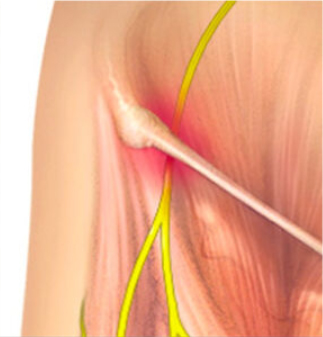
This is the most comprehensive guide about Meralgia Paresthetica currently on the internet (I’ve looked).
As discussed previously the burning pain, tingling, and numbness of the outer leg are caused by compression of the Lateral Femoral Cutaneous nerve.
This nerve exits the spine from the L2-L3 lumbar vertebrae and then travels towards the inguinal crease near to the most upper hip bone at your belt line.
This is known as your ASIS. This is most common point of compression that creates the “pinched nerve”.
After it travels across the inguinal ligament it meanders from the inguinal crease until eventually it courses down the outside of your leg in the skin.
Common Causes
- Quickly gained weight
- Trauma from a seatbelt
- Damaged during hip surgeries such a laparoscopic hernia repair or hip labrum procedure
- Pregnancy
- Local trauma of the hip crease or lateral leg
Diabetes. - Tight-fitting clothes around hips
Once again theses are the common causes that you’ll find online and that are taught in medical schools.
Here are some other common causes that when properly treated can quickly help Meralgia Parathetica.
- Tight fascia and muscles of the quadriceps
- Lack of mobility of the femoral and lateral femoral cutaneous nerve in the front of the hip
- Limited hip extension
- Poor core endurance and control of the trunk in multiple plans.
How is Meralgia Parasthetica Diagnosed?
In most cases diagnosis is made by history and physical examination. If you trace the area of pain or burning over the outer leg and have one of the mechanisms of compression listed above then there is a good shot that you’re lateral femoral cutaneous nerve the culprit.
In more difficult cases there are several special tests that can be performed to obtain a diagnosis. These are generally performed when looking for causes of pain other than mechanical such as a tumor.
Nerve Conduction Velocity Test– Electrical pads measure the impulses generated by the nerves to detect damage.
Nerve blocks– Injection of anesthetic around the nerve to dull the pain. If your groin or outside leg pain has disappeared then you have a diagnosis. This isn’t a treatment, but a test to determine if it’s indeed the nerve causing the problem.
X-rays– This isn’t used to diagnose, but rather to exclude pathology such as tumors.
Skin tenderness– skin rolling and movement of the cutaneous nerve by pulling on the skin will be more tender on the painful side. Skin rolling is also a powerful and easy way to treat these unhappy skin nerves.
Functional Testing– Performing dynamic movement tests such as gait analysis, squat biomechanics, and lunging mechanics can recreate pain and also give the cause.
Meralgia Parasthetica During Pregnancy
Pregnant women are one of the most common groups to suffer from numbness and pain in the thigh above the knee.
This is due to the rapidly expanding uterus that displaces forward over the crease of the hip.
During the 3rd trimester, the belly is large enough that is can create enough compression to pinch the nerve.
Meralgia Parasthetica Sleeping Position
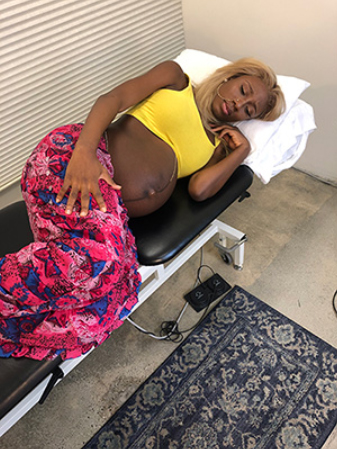
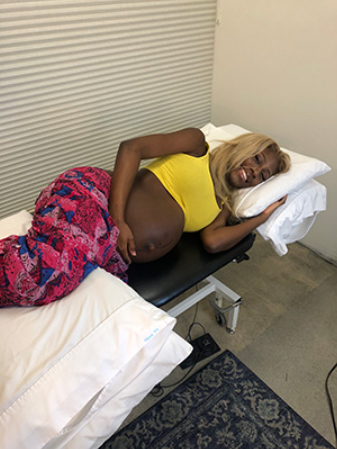
Sleeping can become a nightmare for those who suffer from nerve pain. In the case of the lateral femoral cutaneous nerve, sleeping on your side with a pillow between your legs is likely going to be the most relieving. Sleeping on your side without a pillow can provoke leg pain. Increase the number of pillows until your pain is relieved!
Best sleeping position Step by Step
- Lay on side
- Painful leg is the top leg (important)
- Increase pillow size to increase the space between
- the knees until pain subsides.
Meralgia Parathetica Treatment
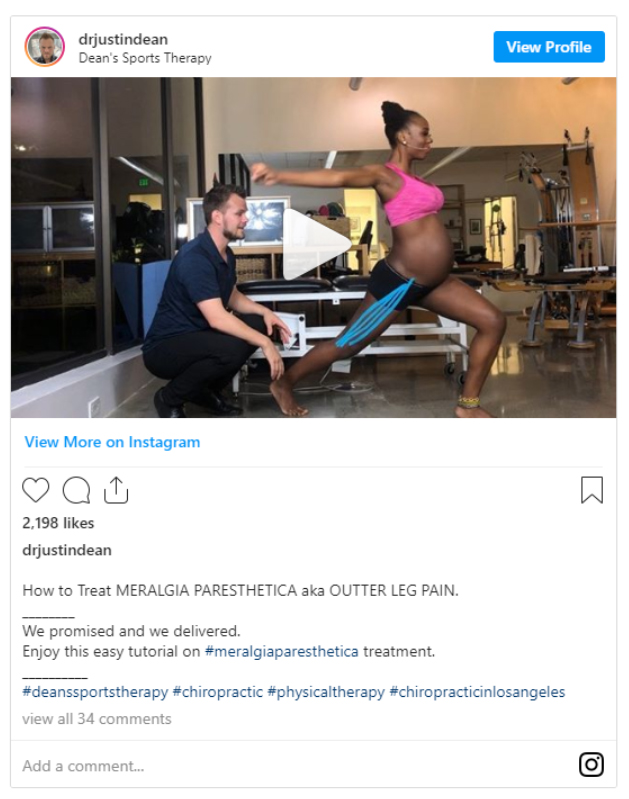
There are several options when it comes to treating this annoying outside leg pain. As you may have gathered by now that compression is the culprit and decompression is likely a logical solution.
Eliminating the cause of compression should be the first objective when trying to cure meralgia paresthetica.
Exercise to Relieve Meralgia Parathetica Step by Step
- Lunge forward with the painful leg behind
- Rotate leg inward to put tension on the Lateral Femoral Cutaneous Nerve
- Lean forward until you feel a very light stretch sensation anywhere in front of the leg, core, or outside of your leg. Don’t push Farther!
- Once you feel the light stretch then release the tension by coming out of the lunge position or just by decreasing the depth of the lung.
- Repeat this non-painful movement 3×15 times
- If it doesn’t get better then the tissues need to be released at Dean’s Sports Therapy!
1) Meralgia Parasthetica Exercises (Functional Exam and Exercises)
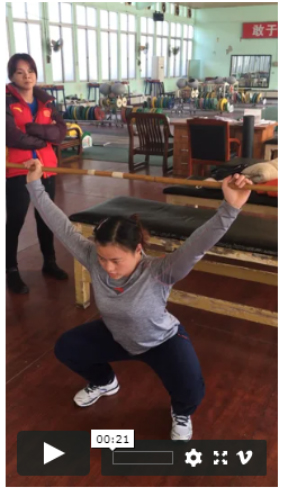
Since the nerves that run down the front and outside of the leg originating from the upper lumbar spine (L1-3), it needs to be assessed for dynamic control.
The overhead squat would be the highest demand of stability of the trunk as demonstrated by this Olympic champion in female Olympic weight lifting.
The video below demonstrates a significant about of movement of the upper lumbar spine with arm movements while she is on her hands and knees. This athlete is a 4 time National Champion in China in the 800 meters and 1500 meters. This nerve can be painful in the highest functioning athletes in the world! This test is also great for low back pain and sciatica.
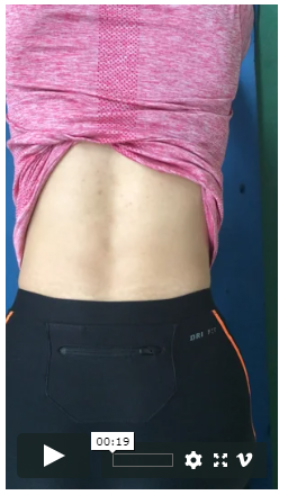
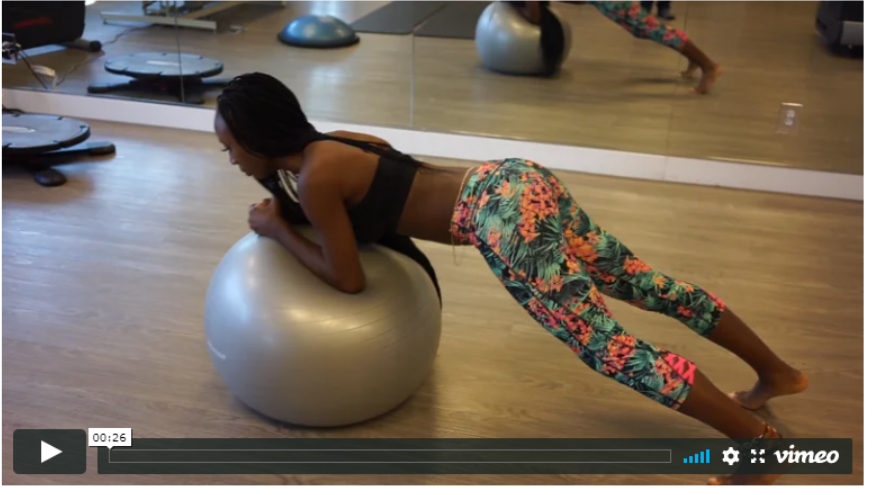
Stir the Pot!
This is an advanced core training exercise to increase stability and control of the trunk. During Dynamic movements, poorly controlled trunk/core control can create a quick stretch on the nerve. Similar to the jarring effect of expectantly stepping off a curb when walking. Give it a try!
2) Dermal Traction Method for Cutaneous Nerves (co-invented by Dr. Dean)
Inventions generally arise from a significant need! The dermal Traction Method was co-invented by Dr. Dean and Dr. Phillip Snell to address painful nerves in the skin.
The Method is simple
- Identify a painful movement
- Locate painful nerve- in this case, we will target the hip crease just inside the upper hip bone (ASIS)
- A gentle pull on the skin
- Repeat the painful movement (while holding the pull of the skin)
3) Deep Fascial treatment and Addressing Tight Muscles
Fascia is the connective tissue that covers, envelopes, and forms an intricate system that connects all areas of the body into one continuous organism. This system in order to function properly needs to be both well hydrated, free of friction, and maintain proper orientation.
Dr. Dean has trained by the top 3 several world-leading experts in treating the fascial system.
3) Reducing Friction
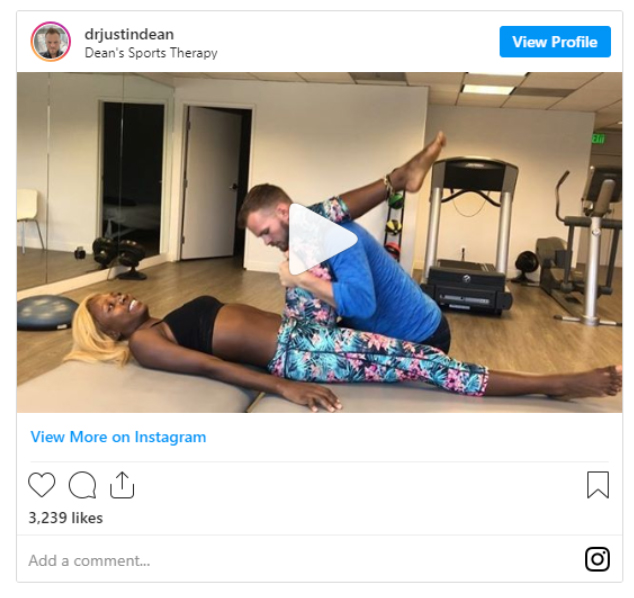
Stecco Fascial Manipulation– This system breaks down hyaluronic acid that becomes “clumpy” after injury. The treatment is designed to break down Bio-Chemical “scar tissue” so that less friction is present with movement. Less friction=Less pain and compression on the nerve.
Fascial Distortion Model– This system is literally designed to find and fix scar tissue that has occurred to the muscles and fascia.
Osteopathic Joint Pumping– The purpose of CPR is to force blood (fluid) through the heart with a pumping action to save someone’s life. This approach is basically the same concept for forcing water into stiff and dehydrated muscles, tendons, joints and fascia.
For superior results you need all 3 fascial system/approaches.
Of course, addressing the functional consideration mentioned above is an important piece to the treatment puzzle.
4) Medications
Over the counter pain relievers with acetaminophen can be used in the short term to reduce pain levels. As with most medications, consult with your doctor prior to use. Especially if you’re pregnant!
5) Weight Loss
Since having a larger abdomen creates a pinched nerve scenario, weight loss when needed can reduce symptoms significantly.
6) Surgery
Surgery isn’t generally needed and serves as a last case scenario if conservative treatment fails. This surgery is to clip the fascial scar tissue that is causing a compression around the nerve.
Surgery will generally make you permanently numb on your outer leg above the knee (IT band area)
It’s better to be seen at Dean’s Sports Therapy using 3 fascial treatments listed above to address the scar tissue. Schedule 323-354-6077
GET IN TOUCH WITH DR. DEAN
YOU should be able to move the way you’d like to move without experiencing pain. YOU should be able to experience freedom and energy knowing there’s nothing holding back from giving your life 110%. Dr. Dean would like to learn more about your challenges with a quick phone or email before beginning treatment. Contact him today.

